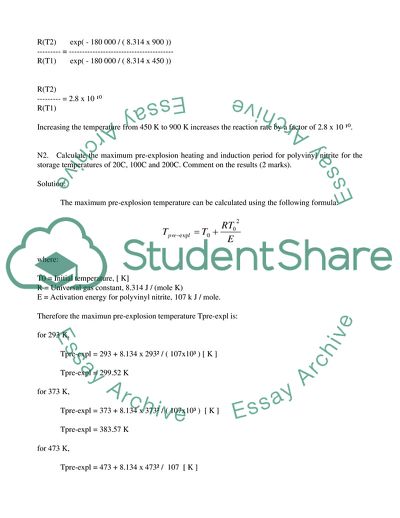Cite this document
(Enclosure Fire Dynamics Lab Report Example | Topics and Well Written Essays - 5000 words, n.d.)
Enclosure Fire Dynamics Lab Report Example | Topics and Well Written Essays - 5000 words. https://studentshare.org/formal-science-physical-science/1733384-enclosure-fire-dynamics
Enclosure Fire Dynamics Lab Report Example | Topics and Well Written Essays - 5000 words. https://studentshare.org/formal-science-physical-science/1733384-enclosure-fire-dynamics
(Enclosure Fire Dynamics Lab Report Example | Topics and Well Written Essays - 5000 Words)
Enclosure Fire Dynamics Lab Report Example | Topics and Well Written Essays - 5000 Words. https://studentshare.org/formal-science-physical-science/1733384-enclosure-fire-dynamics.
Enclosure Fire Dynamics Lab Report Example | Topics and Well Written Essays - 5000 Words. https://studentshare.org/formal-science-physical-science/1733384-enclosure-fire-dynamics.
“Enclosure Fire Dynamics Lab Report Example | Topics and Well Written Essays - 5000 Words”. https://studentshare.org/formal-science-physical-science/1733384-enclosure-fire-dynamics.


